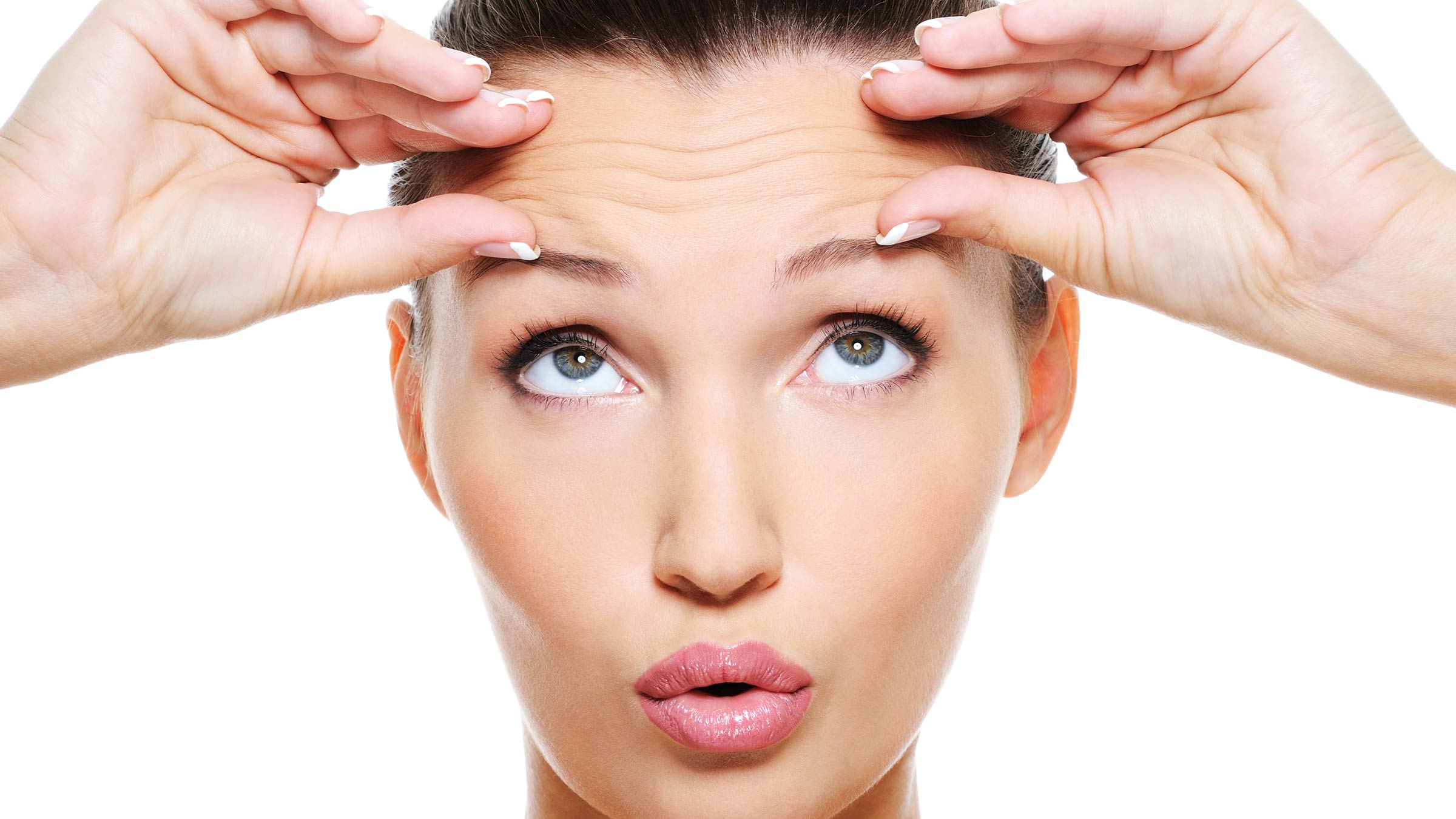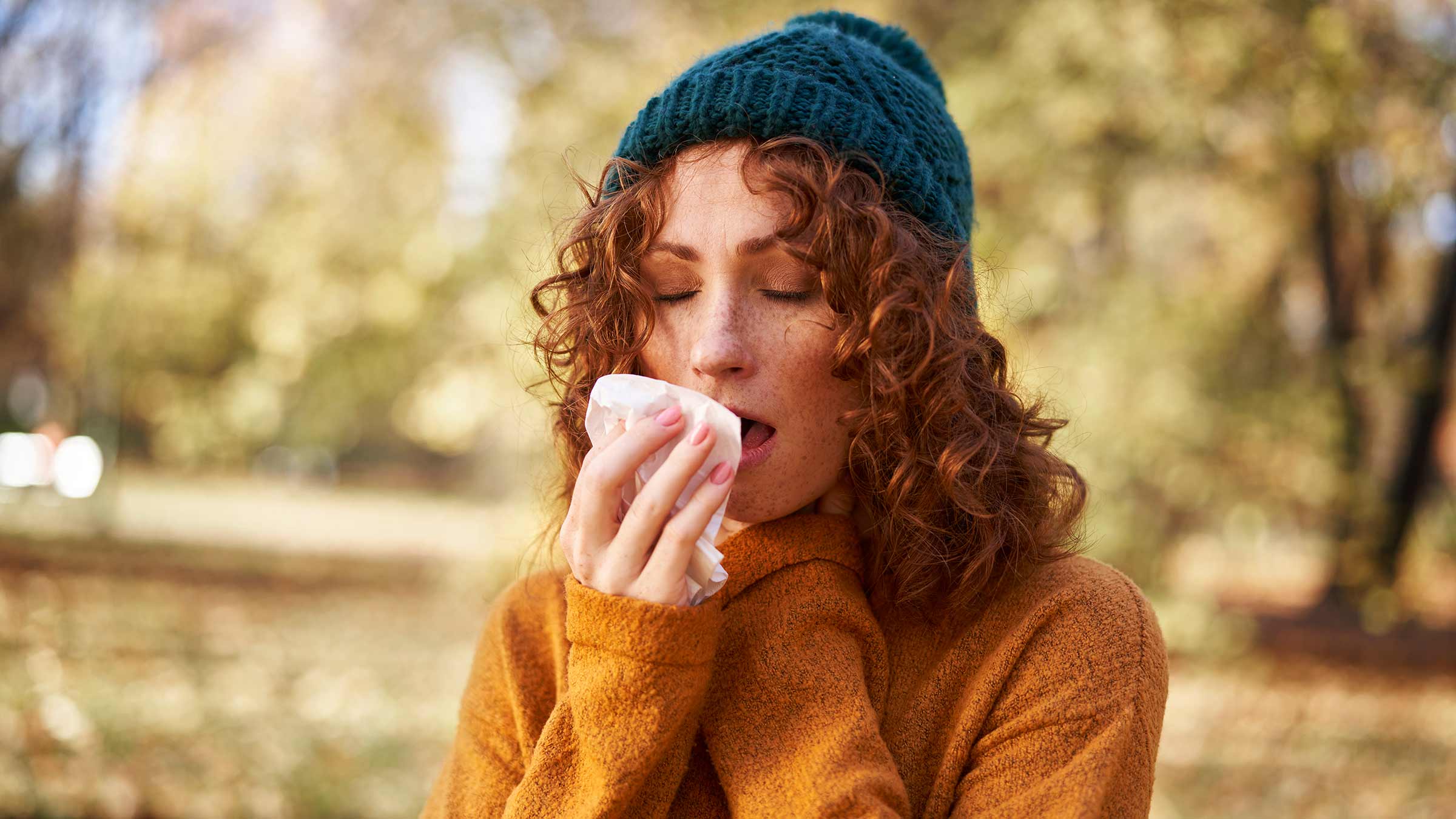
As you age, so does your skin.
And some everyday habits aren’t helping the situation.
The good news is that there are things you can start doing now to improve the health of your skin.
During the aging process, your skin loses elastic fibers and collagen production slows. The loss of elastic fibers causes wrinkles and, without collagen, skin begins to lose its elasticity, causing it to sag, wrinkle or look leathery.
There are some common things we may all be guilty of at one time in our lives that negatively impact the health of our skin. If you’re doing any of these things, consider taking steps to turn things around.
Sun exposure and ultraviolet light
There’s no question that UV light causes wrinkles and premature aging.
Sun damage is cumulative over your lifetime, so any ultraviolet exposure, including from tanning beds, is damaging to the skin.
Also, there’s no such thing as a base tan or a healthy tan. Frequent tanning, repeated sunburns, blistering sunburns in childhood, and lack of sun protection from the harmful UVA/UVB rays all contribute to premature aging of the skin, deep wrinkling and increased risk of skin cancer.
Tanning beds use UVA bulbs and have been proven to increase your risk of the three major types of skin cancer — basal cell carcinoma, squamous cell carcinoma and malignant melanoma.
Treatment: Avoid the sun, use broad spectrum sunscreen consistently, wear protective hats and clothing, and minimize sun exposure, especially during peak UV times from 10 in the morning to 3 in the afternoon.
Smoking
Smoking is harmful to your skin and causes rapid aging, particularly with increased facial lines around the mouth called smoker’s lines. Smoking in combination with chronic sun exposure will hasten the premature aging process as well.
Treatment: Consider enrolling in a smoking cessation program and eliminate smoking for all the health reasons not just limited to the skin.
Repetitive movements
Repetitive movements with muscle contraction can cause facial wrinkling.
These normal facial expressions are often considered signs of a happy life: the crow’s feet on the sides of the eyes and around mouth from smiling, the creases across the forehead and between the brows from expressive talking when people raise their eyebrows, and the bunny lines across the nose. Using a drinking straw can lead to lines, but the lines would eventually occur with or without the puckering movement of your mouth.
Treatment: If these wrinkles are bothersome, you can try to avoid these repetitive movements. Botox in these areas can help, but it can’t reverse wrinkles that have formed. Laser resurfacing can help address deeper or more permanent wrinkles.
Sleep positions
When you sleep on your side or stomach, the facial skin can get creased if you end up in the same position each night. Basically, you’re creating facial wrinkles or creases due to external pressure on the skin instead of an internal change in the texture of the skin.
Treatment: Change your sleep position so you avoid pressure on the skin. This may mean sleeping on your back. You could also consider using silk pillowcases, which reduces friction against the skin.
Diet and exercise
Premature aging and damage to the skin can be exacerbated by unhealthy habits such as poor nutrition and a sedentary lifestyle.
A diet high in fat and processed foods affects your skin texture, skin tone and can cause breakouts.
Not exercising means you’re missing out on the various ways exercise helps the skin by delivering oxygen to the skin, boosting collagen production and promoting new skin cells.
Treatment: Take a holistic approach to your overall health and well-being by maintaining a healthy and balanced diet, drinking plenty of water, exercising regularly and taking steps to manage stress and support your mental health.
Skin care routine
As you age, your skin becomes more dry, sensitive and easily irritated than when you were younger.
Treatment: Keeping a consistent skin care regimen can help maintain your skin’s healthy glow.
- Cleanse with a mild facial cleanser and moisturize your face twice a day.
- Wear sunscreen daily, even in the winter, whether sunny or cloudy outside, and be sure to reapply it every two to three hours during high sun exposure.
- Add a topical retinoid as an anti-aging option to help maintain your skin tone as well.

Worried about your skin?
Ohio State's dermatology team provides comprehensive care backed by one of the nation's leading academic health centers.
Expert care starts here




